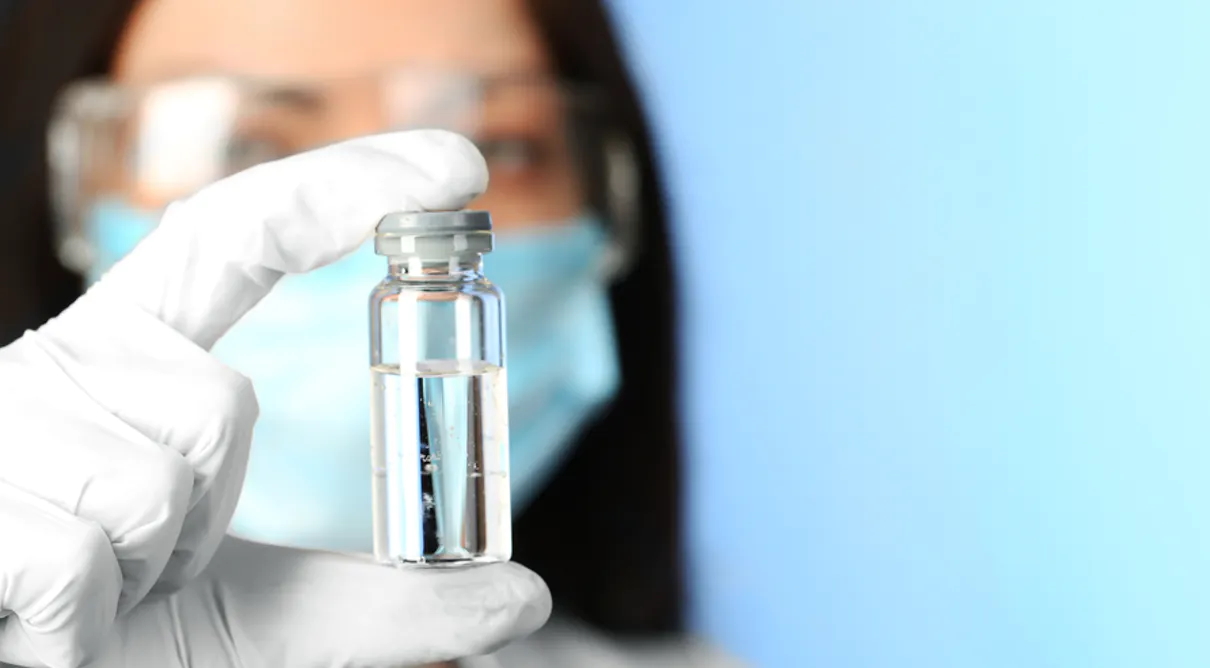Will we have a COVID wave, spike or blip this Christmas? It depends where you live
- Written by James Wood, Professor, epidemiological modelling of infectious diseases, UNSW Sydney

As the holiday season approaches, COVID cases are rising again in Australia, particularly in Victoria[1] and Tasmania[2].
This is now the fourth year running[3] with a summer rise of COVID, and the second year with a roughly six-month gap between waves.
Will we see a wave every six months from now on?
And what can we expect from COVID this Christmas?
Cases are rising
Nationally, we’re seeing more indicators[4] of increasing COVID infection, such as rises in the number of reported cases and the percentage of PCR tests that come back positive. We’re also seeing more outbreaks in aged care[5].
But the extent to which this is a wave varies markedly around the nation.
For instance, in Victoria notified cases are almost as high now[6] as during the winter peak.
It’s a similar story in Tasmania[7], where notified cases in late November were as high as its winter peak.
However in Western Australia, notified cases, hospitalisations and detection of SARS-CoV-2 (the virus that causes COVID) in wastewater only show small rises so far[8].
New South Wales[9] and Queensland[10] have seen a slow rise in COVID indicators since the beginning of October, with similar behaviour in South Australia[11] and the Australian Capital Territory[12]. We don’t have clear figures for the Northern Territory.
So in summary, all jurisdictions for which we have data have seen a rise in COVID activity but only Tasmania and Victoria have seen a clear surge or wave.
Which variants are circulating?
Spread of the COVID variant XEC seems to be causing the recent rise in cases. Estimates suggest[13] XEC has risen from 10% to 60% of circulating SARS-CoV-2 in the past two months.
XEC is a recombinant variant[14], meaning it’s a hybrid of two existing variants. In this case it’s derived from two distinct descendants (KP.3.3 and KS.1.1) of the JN.1 variant[15] that spread worldwide last Christmas.
Recent preliminary laboratory evidence[16] suggests XEC is better at evading our antibody responses than the KP.3 variants that predominated until recently.
XEC is better at spreading than other current variants, but it’s not so fast spreading as JN.1 last summer.
So can XEC cause a wave? Yes, but that depends on a number of factors other than just out-competing other variants. This includes the scale of previous COVID waves and resulting short-term increases in population immunity.
For example, the United Kingdom saw a significant COVID wave this northern hemisphere autumn. Despite the growing proportion of XEC infections, cases have continued to decline[17].
Will we get waves every 6 months from now on?
This leads us to back to how often we should expect COVID waves in the future.
Australia entered its Omicron period from 2022, and Omicron variants of SARS-CoV-2 continue to circulate to this day. In 2022 we had four waves[18] (except for WA, which avoided the first one), in 2023 we had two waves and in 2024 at least in jurisdictions such as Victoria, there have been two clear waves.
Epidemic theory predicts that the spacing of waves depends on the inherent transmissibility of SARS-CoV-2, how quickly immunity is lost, as well as seasonal changes in transmission.
Respiratory viruses usually spread more easily[19] in winter in temperate climates, perhaps because we spend more time indoors. This seasonality in transmission usually leads to a single winter peak for viruses like influenza and respiratory syncytial virus (or RSV).
However, we haven’t seen that yet for COVID. Instead, we see influential viral mutations crop up every few months. These can lead to sudden increases in transmission, enough to start new waves in summer and winter.
This suggests the potential for two waves a year continues. However, as seasonal factors tend to increase transmission of respiratory viruses in winter, we can generally expect winter waves to be larger than summer ones.
How about Christmas 2024?
Australia-wide we can expect a moderate level of COVID circulation over the holiday period. Activity is currently highest in Victoria and Tasmania[20] but recent Victorian surveillance data indicates the wave may have peaked[21].
In other jurisdictions, activity is lower but appears to be slowly increasing. For instance Queensland has seen a slow steady rise[22] since the beginning of October.
Overall, though, there probably won’t be as much COVID around at Christmas as either of the past two years.
How do I protect myself and others?
Although cases are expected to be lower this Christmas than in recent years, you can still protect yourself and others.
For instance, if you’re catching up with elderly relatives or people with weak immune systems, be cautious if you have respiratory symptoms. Good quality masks and using RAT tests[23] are still an option. And regardless of your symptoms, gathering in a well ventilated room (or outside) will reduce your chance of infection and infecting others.
Updated COVID boosters matched to the JN.1 variant[24] should now be available, and you can check if you’re eligible[25]. Boosters protect against severe disease for about six months[26] but provide more limited protection[27] against infection and onward transmission.
References
- ^ in Victoria (www.health.vic.gov.au)
- ^ Tasmania (www.health.tas.gov.au)
- ^ fourth year running (www.health.gov.au)
- ^ more indicators (www.health.gov.au)
- ^ outbreaks in aged care (www.health.gov.au)
- ^ almost as high now (www.health.vic.gov.au)
- ^ in Tasmania (www.health.tas.gov.au)
- ^ small rises so far (www.health.wa.gov.au)
- ^ New South Wales (www.health.nsw.gov.au)
- ^ Queensland (www.health.qld.gov.au)
- ^ South Australia (www.sahealth.sa.gov.au)
- ^ Australian Capital Territory (www.act.gov.au)
- ^ suggest (nextstrain.org)
- ^ XEC is a recombinant variant (theconversation.com)
- ^ JN.1 variant (theconversation.com)
- ^ laboratory evidence (www.biorxiv.org)
- ^ continued to decline (www.gov.uk)
- ^ four waves (www.health.gov.au)
- ^ spread more easily (pmc.ncbi.nlm.nih.gov)
- ^ Tasmania (www.health.tas.gov.au)
- ^ wave may have peaked (www.health.vic.gov.au)
- ^ slow steady rise (www.health.qld.gov.au)
- ^ using RAT tests (www.thelancet.com)
- ^ matched to the JN.1 variant (theconversation.com)
- ^ check if you’re eligible (www.health.gov.au)
- ^ for about six months (www.publish.csiro.au)
- ^ more limited protection (www.journalofinfection.com)
















